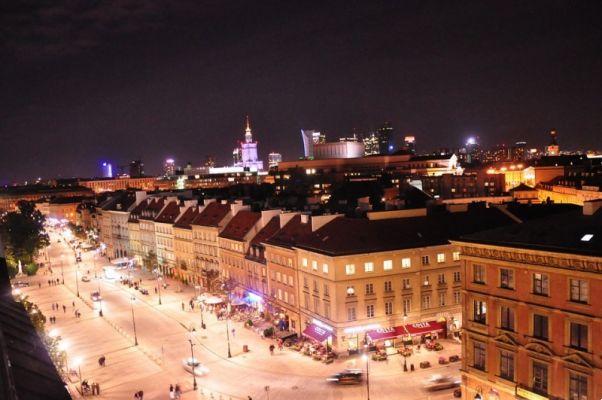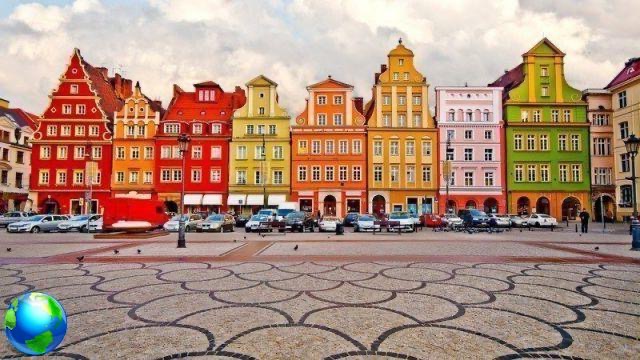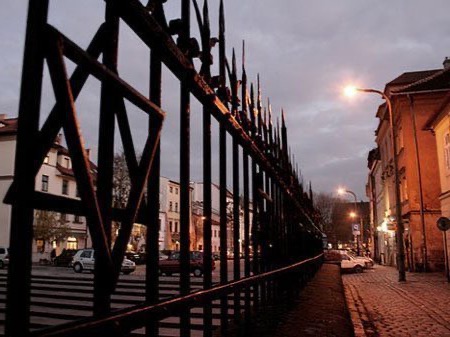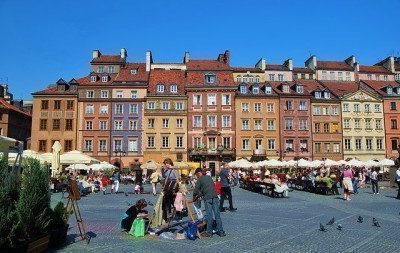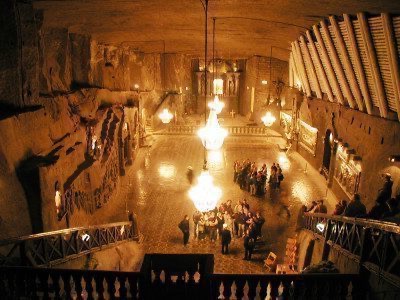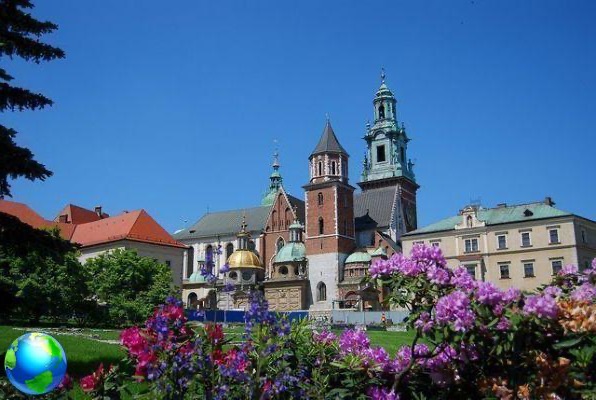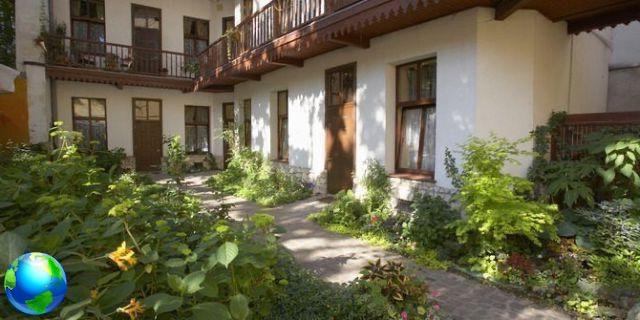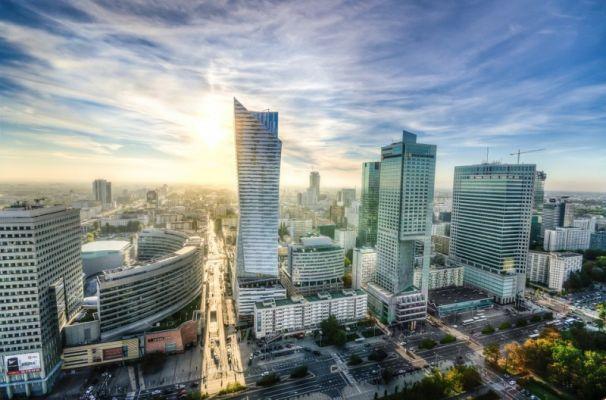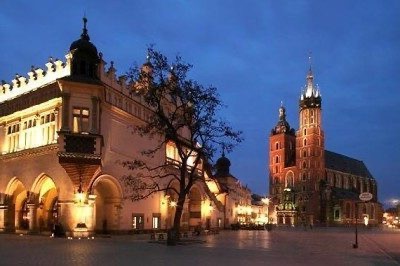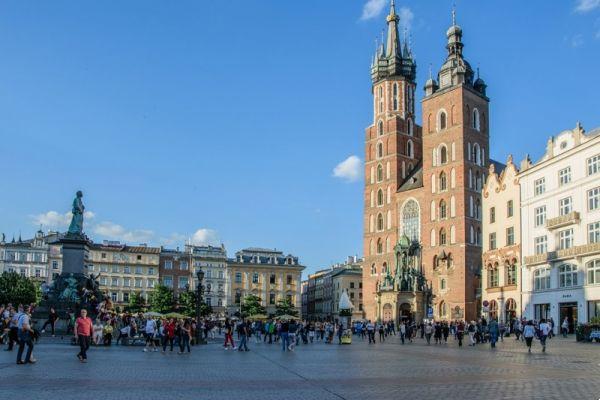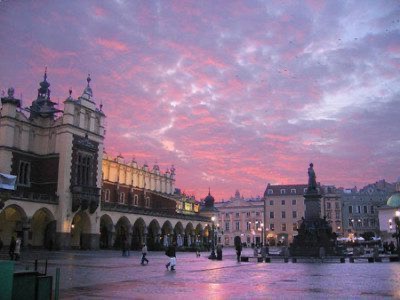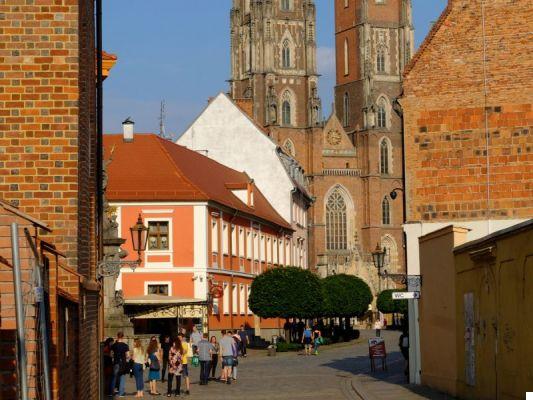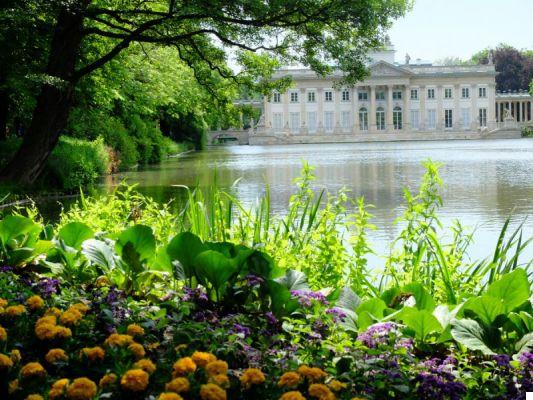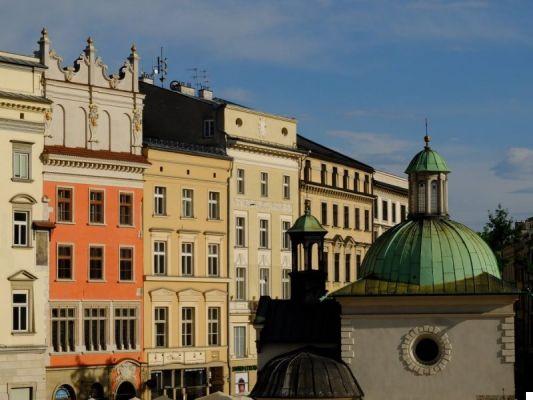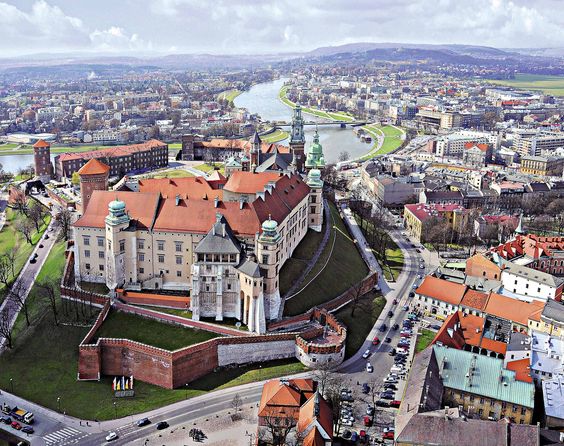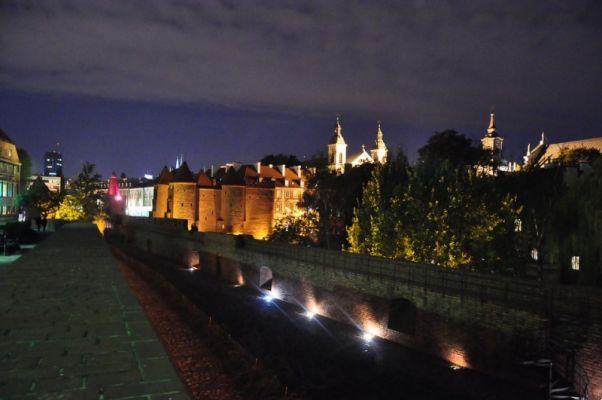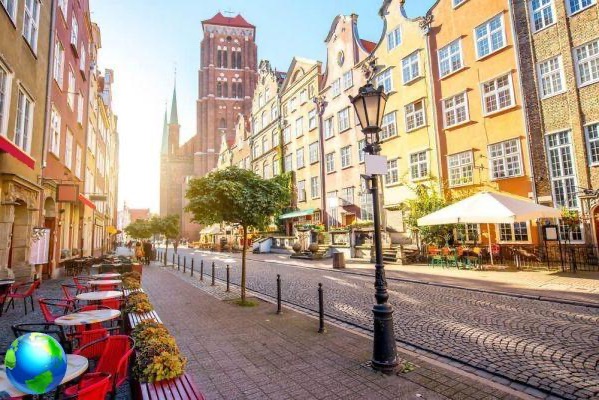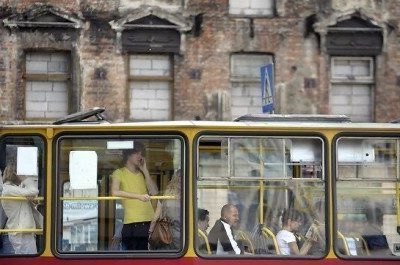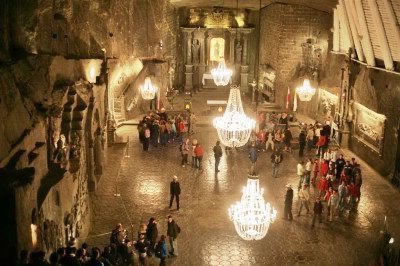That I have a particular love for the Poland I think you already understand. Then when we talk about Gdansk (or Gdansk in Polish) this love is at the highest level. I had been there many years ago and, despite having changed a lot, I found it as wonderful and fascinating as I remembered it. Gdansk can be considered the Polish metropolis of the north and it has a unique atmosphere, which sets it apart from all other cities in the country. Always an important port city, the influence of wealthy merchants and the continuous passage between the Teutonic Prussian domination and the Polish Slavic one are still visible today in the palaces and monuments of the city. But Gdansk is also famous for having been the scene of two very important events in the history of the twentieth century: World War II began right here, when a German ship fired at the Polish military post at Westerplatte, and it was here that the Solidarity movement was born which triggered the collapse of the Berlin Wall and the dismantling of the Iron Curtain. Today Gdansk is indeed a city that bears the marks of its troubled history, but it is also a city with a decidedly eye towards the future, it is a vibrant and dynamic city full of attractions and entertainment. Construction sites can be seen everywhere and the excitement is palpable (as is happening in all of Poland after all ..). Lots of works of art and contemporary architecture, not to mention the avant-garde museums and gourmet restaurants that have nothing to envy to those of other European capitals. One thing I often do when I visit a city for the first time is to join a free tour of the center on the first day, to get my bearings. For Gdansk I recommend this free tour of 2 and a half hours in English, it is done very well. You can book it through this site.
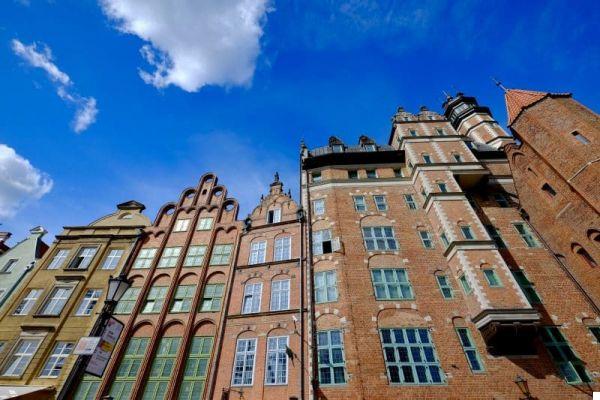
Where to sleep in Gdansk
PURO Gdańsk Old Town. This hotel is part of a chain that I have used many times in Poland and which I love very much. They are all design hotels and are almost always super central. This is it and it is located just 150 meters from the Green Gate and 300 meters from the Long Market. Really nice hotel and really cheap. Super recommended!
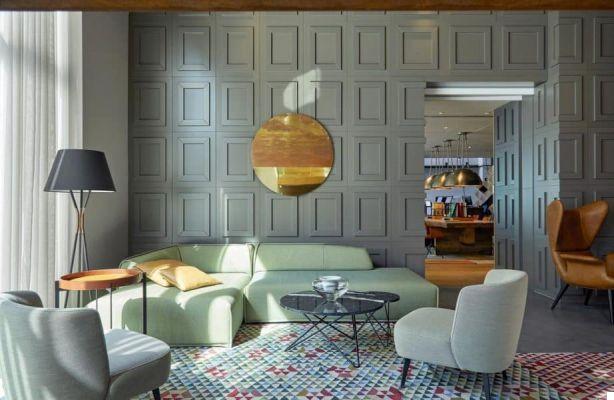
What to see in Gdansk: the beautiful places not to be missed
Main city
The monumental area of the city is the so-called “Main Town” or Glowne Miasto which today, after the reconstruction completed in the 90s, looks roughly as it was about 300 or 400 years ago during the era of greatest prosperity (Gdansk was almost completely destroyed during World War II). The main city winds around the Via Reale; only 500 meters long, it goes from Upper door to the Green Door. Starting from the latter you enter the Dlugi Targ (Long Market), which was once the main market of the city and today is the main meeting point for tourists, full of restaurants and bars, but also ticket counters and customer finders. This part of the Via Reale is very wide and almost all the most important buildings are found here: there is the town hall with the tallest tower in Gdansk (81,5 meters) which now houses the Historical museum of the city Fountain of Neptune Golden House and Court of Arthur. Going along the entire Via Reale you then arrive at the Upper Gate; as soon as you cross it you will see a large XNUMXth century construction formed by the House of Tortures and the Prison Tower: today the building houses the Amber Museum, one of the most typical products of the city. Also in the Main City is there Church of S. Maria, which is believed to be the largest and oldest brick church in the world, with its tower from which you can enjoy a magnificent view of the city, and Mariacka street, the most characteristic street in all of Gdansk, a small and short cobbled street with Elizabethan-style terraced houses.
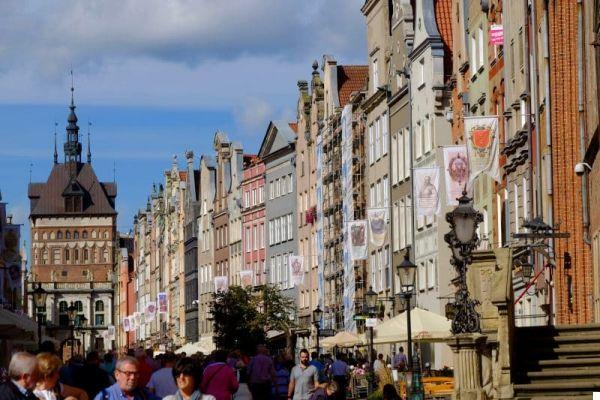
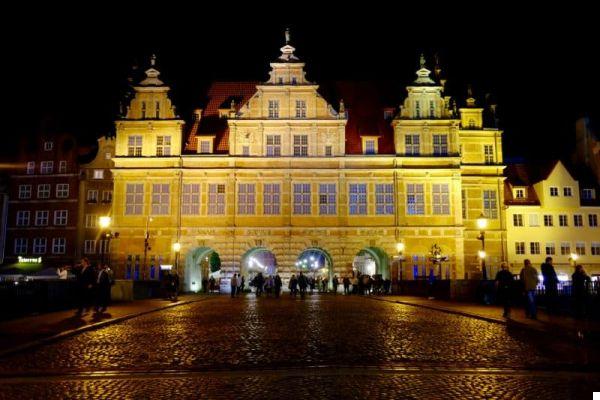
Hewelanium Center
THE Hewelanium Center is an interactive museum for children (and not) to discover science and natural phenomena. The center is located on the Gora Gradova hill and occupies a former fortress built in the XNUMXth century to protect the port and the city of Gdansk. The different rooms of the fortress host the various sections of the museum: there is a part linked to the physics of energy, one linked to the earth, another in which luminous phenomena are experienced and several other sections. The museum is very didactic and well done, without forgetting the fact that it is surrounded by greenery and it is possible to enjoy a magnificent view of the port and shipyards of Gdansk.
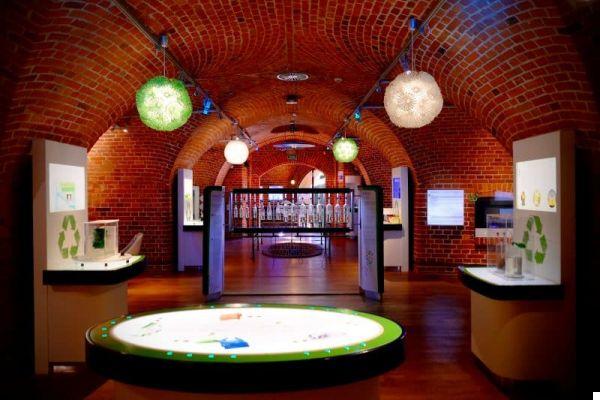
European Solidarity Center
This new museum (opened in 2012) is right next to the Lenin Shipyards where, in 1970 and 1980, Lech Walesa and other employees started the Solidarity movement against the communist regime. However, it is not simply a touching museum dedicated to solidarity and the anti-communist movement, but it also wants to be a center for dialogue on today's world. Inside there are in fact also a library, an archive, an interactive area dedicated to children as well as the offices of Lech Walesa (former president of Poland and Nobel Peace Prize winner in 1983). Very nice, I liked it very much. Outside the museum you cannot fail to notice the great one Monument to the Fallen Dockers which commemorates the workers killed during the revolt of 1970. This monument was inaugurated in 1980 and was the first to commemorate the victims of the regime itself under the full communist regime. It is no coincidence that it became a symbol and a landmark of Gdansk.
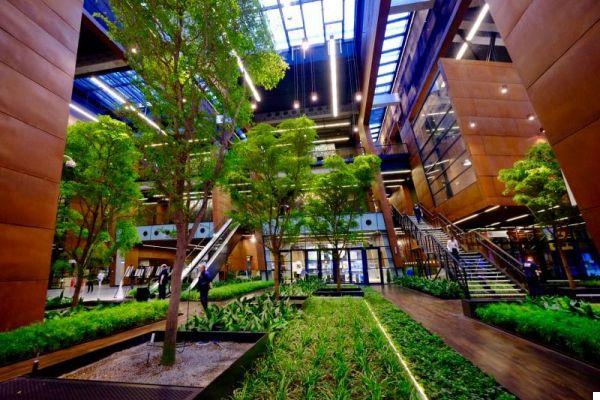
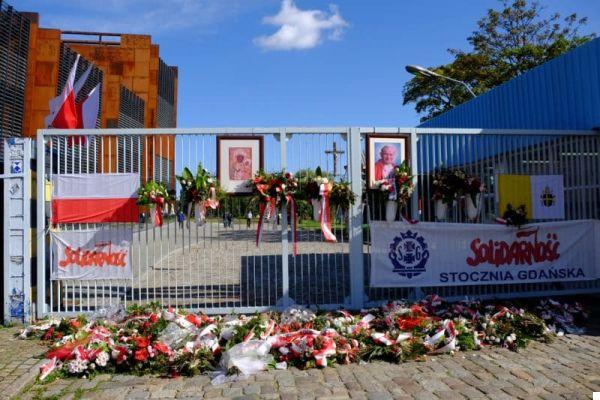
World War II Museum
This museum opened its doors in April 2017 and is one of the most innovative museums in Europe, as well as the biggest on these terrible events that changed the history of the world. It has an area of 23000 square meters distributed over 5 floors; a large part is dedicated to permanent exhibitions, but there is also space for temporary exhibitions. The museum's intent is to commemorate the events of World War II but also to tell what life was like for ordinary people during those terrible days and years. Considering the theme and the harshness of the images on display, a separate path has been built inside the museum dedicated to children up to 12 (it is not easy to explain the war to a child!).
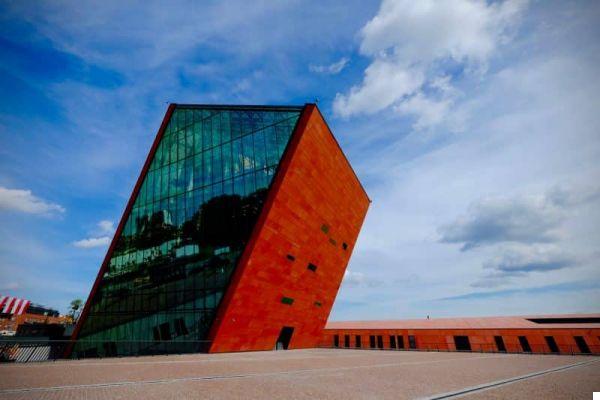
Zaspa Mural Gallery and Oliwa
Il Zaspa neighborhood it is located on the outskirts of Gdansk and was built following a modernist urban plan in full communist style (it is also the neighborhood where Lech Walesa lived at the time of the workers' uprisings). Since 1997 some local activists have decided to respond with art to the various social problems that gripped the neighborhood (unemployment, poverty, etc.), starting to paint large murals on the walls of the houses and repaint the latter in pastel colors. To date there are 150 murals that make Zaspa a real open-air art gallery: really nice! To find out more about the murals, you can also participate in some guided tours (free!) Organized by the inhabitants of the neighborhood. Not far from Zaspa there is the little one Oliwa neighborhood which is worth a visit especially for its beautiful Gothic cathedral which houses a beautiful organ.
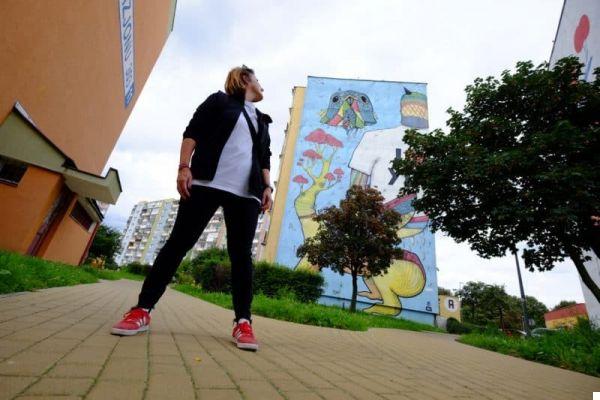
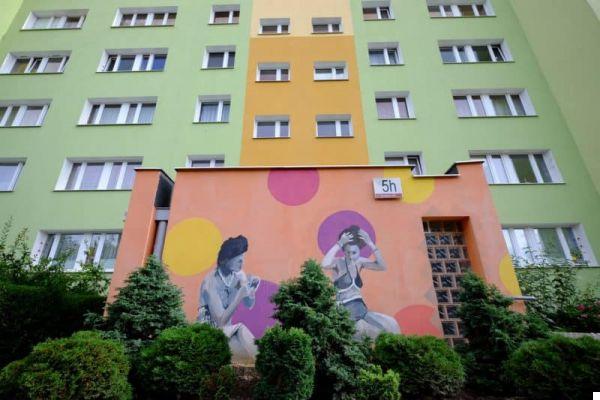
Shakespeare Theater
This theater is theunique of its kind in all continental Europe. It was designed by the Italian architect Renato Rizzi and is a masterpiece of contemporary architecture and technology. It is fully modular, it can be a theater with a classical or Elizabethan stage (with the actors at the same level as the audience) and the roof can be opened in a few minutes to follow the Renaissance custom, when the shows took place during the day. Some documents have shown that Shakespeare came to Gdansk in the XNUMXth century to present his plays together with some English actors. Therefore, starting from some drawings found in the city, it was therefore decided to reconstruct the Elizabethan-style theater in the same spot where it was at the time of Shakespeare and with the same plan.
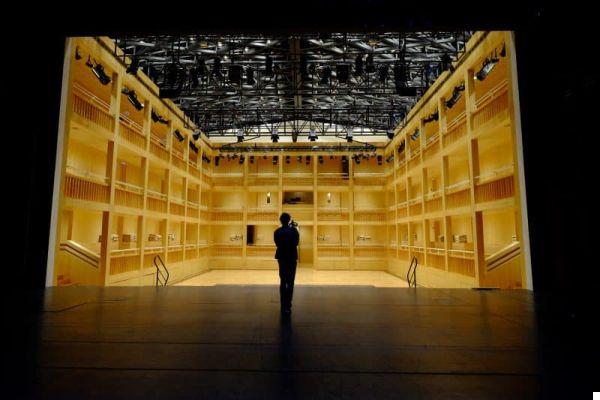
A trip to Sopot
Sopot overlooks the Baltic Sea, about 15 km from Gdansk, and is the smallest of the so-called 3 cities (Gdansk, Gdynia and Sopot). As soon as you arrive you immediately notice the incredible resemblance to some English tourist resorts such as Brighton or Eastbourne, and it is frequented by wealthy Poles who come here for holidays or spa treatments. The backbone of the small town is Bohaterow Monte Cassino Street, or Via degli Eroi di Monte Cassino, a crowded pedestrian street that goes from the railway line to the pier. The street is full of restaurants, bars and shops some of which are inside the amazing "Crooked House", a building with crooked walls precisely. The route then ends on the pier, famous for being the longest wooden pier in Europe. Sopot also has a lively nightlife and is considered the Monte Carlo of Poland. I liked it a lot and, if you are in Gdansk more than 2 days, I recommend you go there.
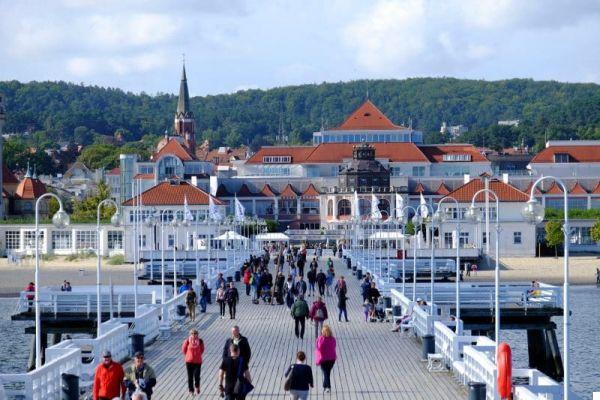
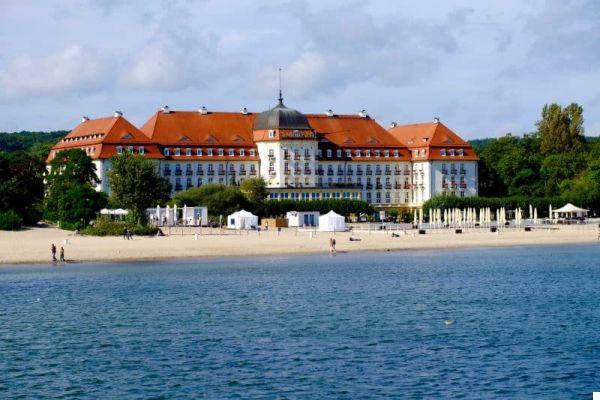
Where to eat in Gdansk
- Correze. A nice modern restaurant with warm tones located at the end of the walk on the banks of the Motlawa, right in front of the World War II Museum. Dishes are well cared for and well presented, excellent appetizers (the top octopus), but also the main dishes (the duck leg with blueberries is very good) and desserts. The staff are very nice and the prices are absolutely average.
- Brovarnia . A must see for anyone in Gdansk! This brewery-restaurant is located inside the luxurious Gdansk Hotel, a 5-star hotel housed in one of the 7 buildings in Gdansk that escaped the destruction of bombs during World War II. But the real peculiarity is its craft micro-brewery clearly visible behind the counter, thanks to which it is possible to taste 3 different qualities of beer that come directly from the shiny copper kegs in your glass. The cuisine also lives up to its name: there is a special menu that changes almost daily according to seasonal products, and a fixed menu with all the specialties of Polish cuisine. Prices are absolutely affordable. The environment is very pleasant, warm and refined.
- Gdanski Bowke. This restaurant is located along the main canal and if it's sunny you can eat outside. The cuisine is typical Polish. The dishes are abundant and very good. Average prices (25-20 euros maximum).
- Resatauracja Philarmonia. This classy restaurant is located in the same building as the Philharmonic (as you can guess from the name), has huge windows overlooking the canal and a nice terrace. The cuisine is gourmet and refined: very good.
- 47 beer. Nice little restaurant on 2 floors which is located right in front of the church of Santa Maria. Intimate and warm place where you can find both the classics of Polish cuisine and more particular dishes. Fair prices (less than 30 euros).
- Restaurant Café Polskie Smaki (Sopot). Refined restaurant overlooking the Sopot pier. You can eat both inside and out. Here too there are both typical and non-traditional dishes, well cooked and well presented. Medium-high prices.

Other articles about Poland that you might be interested in:
- What to see in Krakow in 3 days
- What to see in Poznan in a weekend
- What to see in Wroclaw in a weekend
- What to see in Warsaw in a weekend




